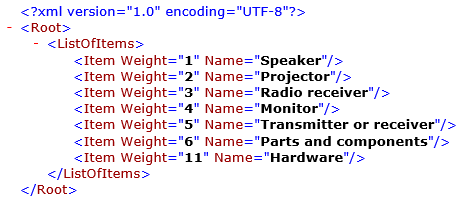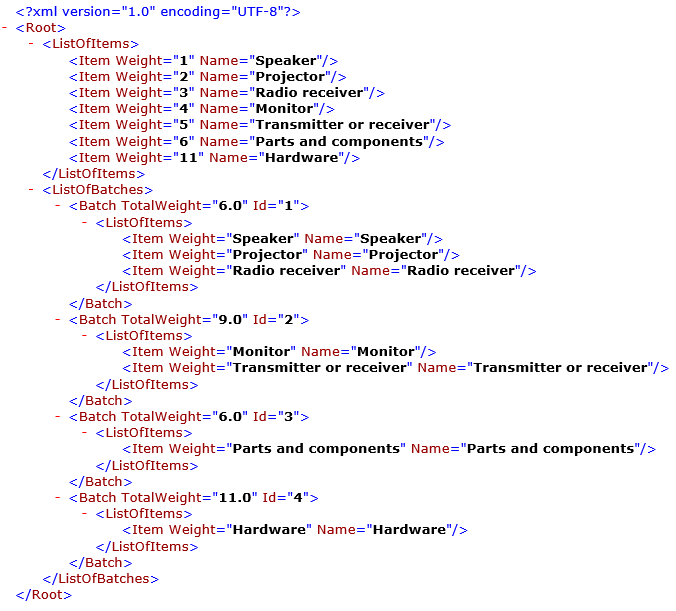SPLITLISTBYLIMIT ER function
The SPLITLISTBYLIMIT function splits the specified list into a new list of sublists (batches). The number of records in each batch is dynamically calculated. The function then returns the result as a new Record list value that consists of the batches.
Syntax
SPLITLISTBYLIMIT (list, limit value, limit source)
Arguments
list: Record list
The valid path of a data source of the Record list data type.
limit value: Integer or Real
The maximum value of the limit that is used to split the original list into batches.
limit source: Field
The valid path of a field of the Integer or Real type in the specified list. The value of this field defines the step that the total sum is increased on.
Return values
Record list
The resulting list of records.
Usage notes
The list of batches that is returned contains the following elements:
Value: List
The list of records that belong to the current batch.
BatchNumber: Integer
The number of the current batch in the returned list.
The limit isn't applied to a single item of the original list if the limit source exceeds the defined limit.
Example
The following illustration shows an Electronic reporting (ER) format.
The following illustration shows the data sources that are used for the format.
The following illustration shows the result when the format is run. In this case, the output is a flat list of commodity items.
In the following illustrations, the same format has been adjusted so that it presents the list of commodity items in batches if a single batch must include commodities and the total weight should not exceed a limit of 9.
The following illustration shows the result when the adjusted format is run.
Note
The limit isn't applied to the last item of the original list, because the value (11) of the limit source (weight) exceeds the defined limit (9). To ignore sublists during report generation, use either the WHERE function or the Enabled expression of the corresponding format element, as you require.
Additional resources
Feedback
Coming soon: Throughout 2024 we will be phasing out GitHub Issues as the feedback mechanism for content and replacing it with a new feedback system. For more information see: https://aka.ms/ContentUserFeedback.
Submit and view feedback for





